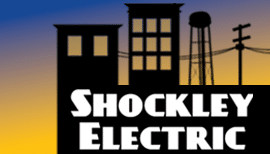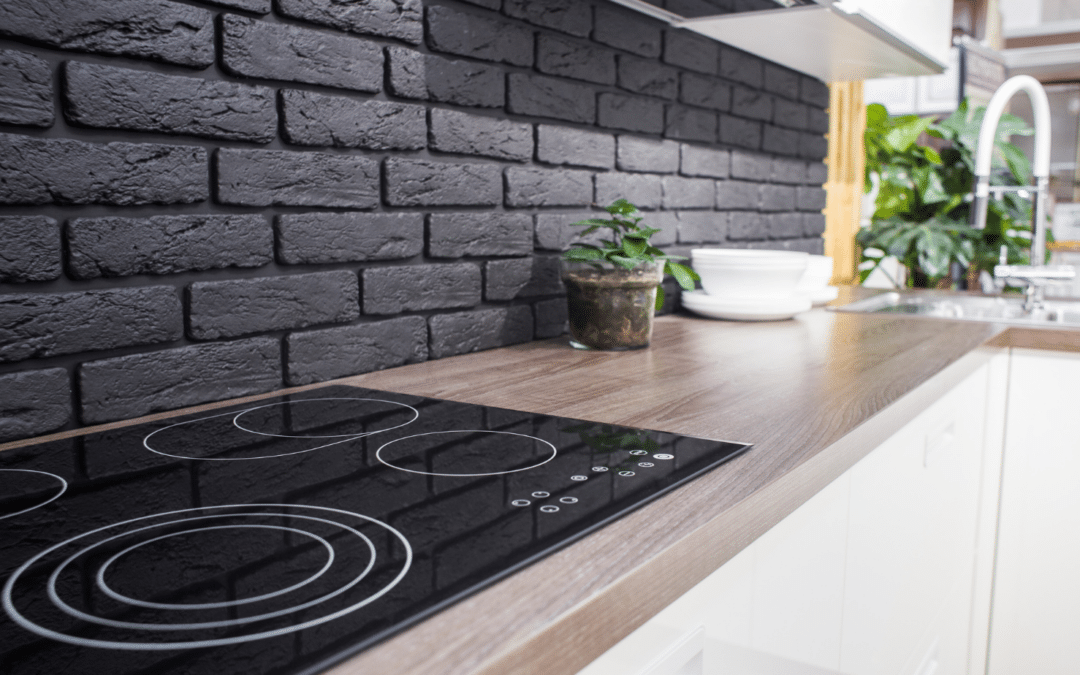Yes! While our small appliances and even some light-use electric cooktops can operate at 120 volts, large appliances like electric stoves, water heaters, clothes dryers or central air conditioners are high-demand appliances that require 240 volts.
Voltage ratings on contemporary stove labels may be listed as 220, 230 or even 250 volts, but these all indicate that the stove uses the full voltage supplied at the electrical panel, which is 240 volts.
Today’s free-standing electric stoves typically require a special 240-volt outlet to meet electricity needs. You cannot plug them into just any socket! Built-in stoves and some forms of electric cooktops require hardwiring to the electric system of the home to meet current building codes.
Consult the manufacturer’s guidelines for your appliance, which will dictate specific power requirements and safety measures to follow. Plugging a 220-volt stove into the wrong outlet can cause serious damage including fire, injury or death from electrical shock.
The Standard 4-Prong Stove Receptacle
The NEMA 14-50 with four input slots is the standard electrical outlet for a 50-amp electric stove. Two vertical slots are situated opposite each other for the hot wires, and a third vertical slot between them houses the neutral wire. A semicircular slot holds the ground wire. Each slot connects to a terminal screw on the back of the outlet, where you connect the wires.
If you’re replacing an old stove with a new one, you may notice that the existing outlet only has three slots arranged in a circle. It’s missing the ground wire, which the National Electric Code (NEC) began to require on all 240-volt circuits more recently.
Three-slot outlets are grandfathered in, so it isn’t necessary to rewire the outlet. However, you will have to replace the stove’s power cord, a job best performed by a professional electrician.
Conversely, if you want to plug an old stove into a newer four-slot outlet, you must install a four-prong cord and connect the ground wire to a ground screen in the stove body. If the screw on the old stove has not already been installed by the manufacturer, you can ask an electrician to install one.
The Basics of Wiring an Electric Stove
If you’re installing a new electric stove as part of a home improvement project, installing the receptacle may be part of the job. Code, consistent with all 240-volt appliances, requires the stove be on a dedicated circuit to prevent overloading the circuit breaker.
The dedicated circuit requires not just one slot on the circuit breaker, but two adjacent ones as well. Check your panel to ensure you have room for the dedicated circuit.
Does a Stove Need GFCI Protection?
In recent years, the NEC has expanded its requirements for ground-fault circuit-interrupter (GFCI) protection. Its rules now stipulate that 240-volt outlets must have GFCI protection if the stove outlet is located within six feet of the kitchen sink.
Because this rule applies to new construction only, you are not required to relocate your existing 240-volt outlet or replace it with a GFCI outlet—which may be hard to find—if it’s too close to the sink. Instead, it’s possible to install a GFCI breaker in the panel to ensure the same protection and satisfy code.
How Can We Help?
At Shockley Electric, we address important home safety issues such as power surges, faulty electrical wiring and potential fire hazards when we do electrical preventive maintenance in homes or commercial buildings. We are licensed, trained, and skilled in safety-proofing your home, and we are committed to the safety and well-being of our customers.
If you are experiencing electrical problems in your home or aren’t sure if your home is protected from electrical hazards, schedule an in-home estimate or appointment with us today. Fill out our form or call us now for a free estimate!

